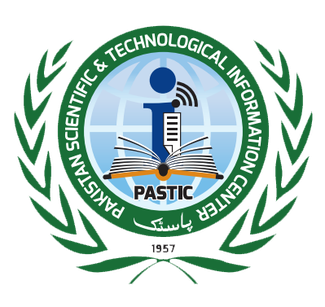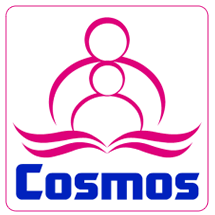The Design and Development of 1-DOF Assisted Physiotherapeutic Device for Rehabilitation of Frozen Shoulder
Keywords:
Assisted device, 1 DOF, Frozen shoulder, Rehabilitation, Upper limbAbstract
The growing prevalence of limb-related issues has increased the demand for rehabilitation services. A key focus has been on restoring upper limb functionality and controllability, which are essential for patients to reintegrate into society and improve their quality of life. In this project, a prototype for an assisted physiotherapy device was designed to rehabilitate frozen shoulders. The device supports both external and internal rotation of the shoulder, allowing movement from 0 to 90 degrees. Its adjustable speed control lets patients move their shoulders based on their personal needs and abilities. Additionally, the device provides real-time feedback on the angle, speed, and force applied during rehabilitation. Experimental results show that this prototype is both practical and effective in rehabilitating shoulder rotation.
References
K. L. Wu, Y. H. Wang, Y. C. Hsu, Y. C. Shu, C. H. Chu, and C. A. Lin, “Developing a Motion Sensor-Based Game to Support Frozen Shoulder Rehabilitation in Older Adults through a Participatory Design Approach,” Games Health J., Oct. 2024, doi: 10.1089/G4H.2023.0097;JOURNAL:JOURNAL:G4H;PAGE:STRING:ARTICLE/CHAPTER.
S. Inam, F. Amin, H. Al Faisal, M. Waqar, R. Ehsan, and U. Iftikhar, “Enhancing Rehabilitation for Frozen Shoulder With a Two-Degree of Freedom Approach,” 6th Int. Conf. Robot. Autom. Ind. ICRAI 2024, 2024, doi: 10.1109/ICRAI62391.2024.10894255.
이제우, “Development and Evaluation of a Sliding Type Continuous Passive Motion Automation Device for Diagnosis and Rehabilitation of Frozen Shoulder,” Diss. 서울대학교 대학원, 2023.
S.-D. L. Cheng-Ju Wu, Hua Ting, Chuan-Chao Lin, Yi-Chung Chen, Ming-Che Chao, “Efficacy of Joint Mobilization Apparatus in Treating Frozen Shoulder,” Appl. Sci., vol. 11, no. 9, p. 4184, 2021, doi: https://doi.org/10.3390/app11094184.
Y. Choi, J. Nam, D. Yang, W. Jung, H. R. Lee, and S. H. Kim, “Effect of smartphone application-supported self-rehabilitation for frozen shoulder: a prospective randomized control study,” Clin. Rehabil., vol. 33, no. 4, pp. 653–660, Apr. 2019, doi: 10.1177/0269215518818866,.
N. Chiensriwimol, P. Mongkolnam, and J. H. Chan, “Frozen shoulder rehabilitation: Exercise simulation and usability study,” ACM Int. Conf. Proceeding Ser., pp. 257–264, Dec. 2018, doi: 10.1145/3287921.3287951;PAGE:STRING:ARTICLE/CHAPTER.
S. G. Thomas Stütz, Gerlinde Emsenhuber, Daniela Huber, Michael Domhardt, Martin Tiefengrabner, Gertie Janneke Oostingh, Ulrike Fötschl, Nicholas Matis, “Mobile Phone–Supported Physiotherapy for Frozen Shoulder: Feasibility Assessment Based on a Usability Study,” JMIR Rehabil Assist Technol, vol. 4, no. 2, 2017, doi: 10.2196/rehab.7085.
H. V. Le, S. J. Lee, A. Nazarian, and E. K. Rodriguez, “Adhesive capsulitis of the shoulder: review of pathophysiology and current clinical treatments,” Shoulder Elb., vol. 9, no. 2, pp. 75–84, Apr. 2017, doi: 10.1177/1758573216676786.
C. E. Chung and C. H. Chen, “The App Game Interface Design for Frozen Shoulder Rehabilitation,” Adv. Intell. Syst. Comput., vol. 486, pp. 507–516, 2017, doi: 10.1007/978-3-319-41685-4_45.

Downloads
Published
How to Cite
Issue
Section
License
Copyright (c) 2025 50sea

This work is licensed under a Creative Commons Attribution 4.0 International License.




















